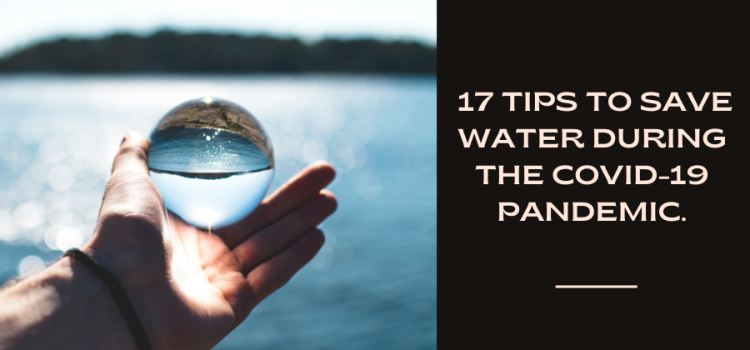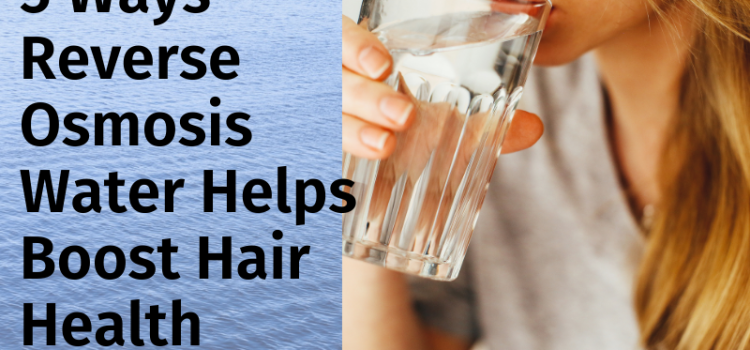Baken, Kirsten A.; Sjerps, Rosa M. A.; Schriks, Merijn; van Wezel, Annemarie P.
ENVIRONMENT INTERNATIONAL, 118 293-303; 10.1016/j.envint.2018.05.006 SEP 2018
Abstract: Toxicological risk assessment of contaminants of emerging concern (CEC) in (sources of) drinking water is required to identify potential health risks and prioritize chemicals for abatement or monitoring. In such assessments, concentrations of chemicals in drinking water or sources are compared to either (i) health-based (statutory) drinking water guideline values, (ii) provisional guideline values based on recent toxicity data in absence of drinking water guidelines, or (iii) generic drinking water target values in absence of toxicity data. Here, we performed a toxicological risk assessment for 163 CEC that were selected as relevant for drinking water. This relevance was based on their presence in drinking water and/or groundwater and surface water sources in downstream parts of the Rhine and Meuse, in combination with concentration levels and physicochemical properties. Statutory and provisional drinking water guideline values could be derived from publically available toxicological information for 142 of the CEC. Based on measured concentrations it was concluded that the majority of substances do not occur in concentrations which individually pose an appreciable human health risk. A health concern could however not be excluded for vinylchloride, trichloroethene, bromodichloromethane, aniline, phenol, 2-chlorobenzenamine, mevinphos, 1,4-dioxane, and nitrolotriacetic acid. For part of the selected substances, toxicological risk assessment for drinking water could not be performed since either toxicity data (hazard) or drinking water concentrations (exposure) were lacking. In absence of toxicity data, the Threshold of Toxicological Concern (TTC) approach can be applied for screening level risk assessment. The toxicological information on the selected substances was used to evaluate whether drinking water target values based on existing TTC levels are sufficiently protective for drinking water relevant CEC. Generic drinking water target levels of 37 mu g/L for Cramer class I substances and 4 mu g/L for Cramer class III substances in drinking water were derived based on these CEC. These levels are in line with previously reported generic drinking water target levels based on original TTC values and are shown to be protective for health effects of the majority of contaminants of emerging concern evaluated in the present study. Since the human health impact of many chemicals appearing in the water cycle has been studied insufficiently, generic drinking water target levels are useful for early warning and prioritization of CEC with unknown toxicity in drinking water and its sources for future monitoring.
ISSN:0160-4120
https://www.sciencedirect.com/science/article/pii/S0160412018302721?via%3Dihub
The post Toxicological risk assessment and prioritization of drinking water relevant contaminants of emerging concern appeared first on Facts About Water.
Source: Water Feed








